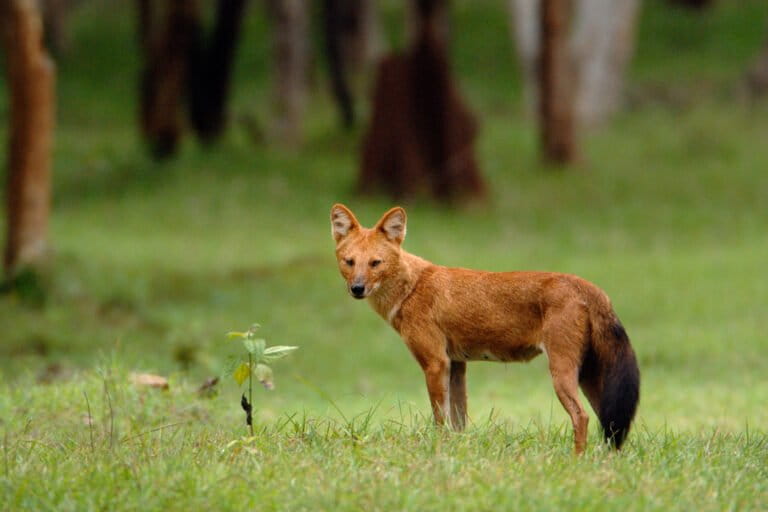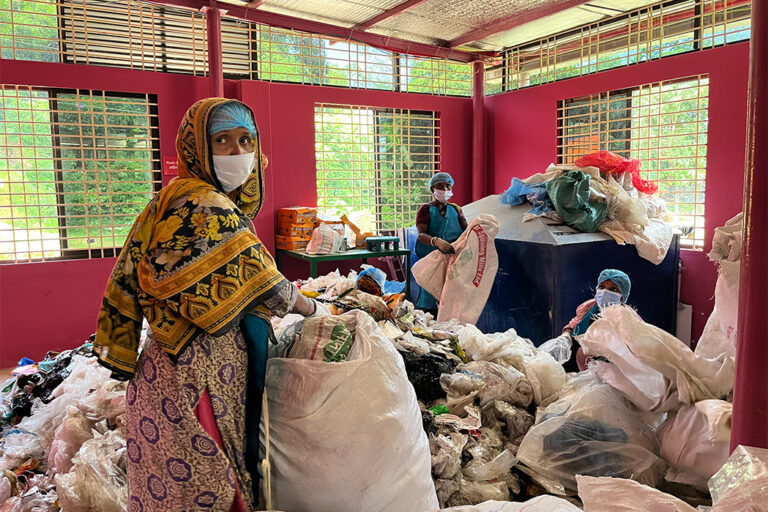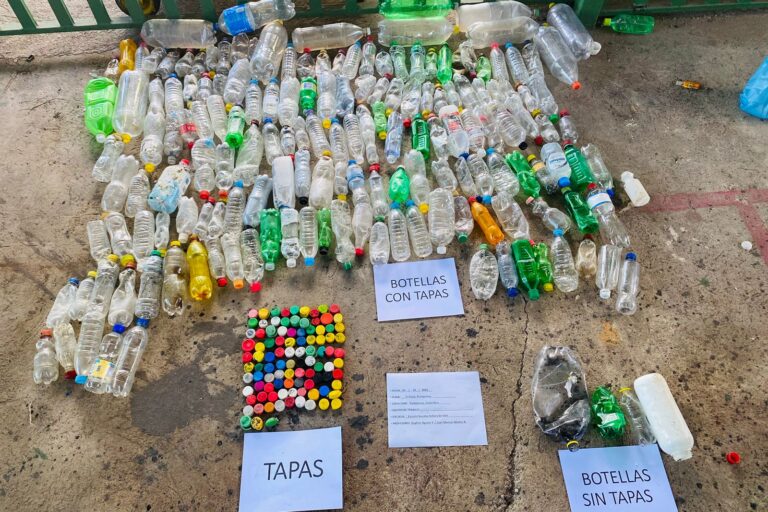-ZSL_3.jpg )
Tigers have been documented in Thailand’s Chaloem Ratanakosin National Park for the first time. Photo by: ZSL and Thailand’s Department of National Parks.
For the first time conservationists have confirmed Indochinese tigers (Panthera tigris corbetti) in Thailand’s Chaloem Ratanakosin National Park. In January, camera traps used by the Zoological Society of London (ZSL) and Thailand’s Department of National Parks took a photo of a tigress, confirming what had only been rumors. A couple months later the camera traps photographed a male tiger in the same park.
At 59 square kilometers, Chaloem Ratanakosin National Park is one of the smallest protected areas in the regions. But it is a part of Thailand’s vast and sprawling Western Forest Conservation Complex (WEFCOM), which is covers an area of 18,000 square kilometers—about the size of Fiji. WEFCOM is made up of 11 national parks and six wildlife refuges, and is considered one of the largest forests left in Southeast Asia.
The photos of tigers in Chaloem Ratanakosin National Park may be a sign that the species is expanding its range in the protected area complex.
“It’s great to have real evidence that tigers are found in a greater area of the WEFCOM than previously thought,” said Kittiwara Siripattaranukul, Tiger Project Manager at ZSL, based in Thailand. “Until now, there have only been unconfirmed reports of tigers in the area, but to capture photographs that prove their presence is really encouraging. We hope that the region will become a new territory for tigers.”
The IUCN estimates that there are only 202-352 Indochinese tigers left across possibly five countries: Thailand, Myanmar, Vietnam, Cambodia, and Laos. Thailand is believed to house the vast majority of these tigers with 185 to 200 individuals. Tigers have long persisted in the northern section of WEFCOM—with a population of 150-plus in Huai Kha Khaeng Wildlife Sanctuary—but this is one of the first documentations of the top predators in the south. Experts believe WEFCOM could one day house as many as 2,000 tigers.
According to the Wildlife Conservation Society, WEFCOM is also home to 150 mammals, 490 birds, 90 reptiles, 40 amphibians, and 108 fish species.
Classified as Endangered by the IUCN Red List, tigers are down to only about 2,500 animals in the wild. Their populations have been relentlessly punished by deforestation, poaching for traditional medicine, human-wildlife conflict, and prey decline. But tigers have also been the recipients of some of the largest conservation funds—and efforts—ever from both wildlife NGOs and governments.
-ZSL_1.jpg)
Conservationists catch tiger in Thailand’s Chaloem Ratanakosin National Park for the first time, raising hopes that the nearby population is expanding. Photo by: ZSL and Thailand’s Department of National Parks.
-ZSL_2.jpg)
Conservationists catch tiger in Thailand’s Chaloem Ratanakosin National Park for the first time, raising hopes that the nearby population is expanding. Photo by: ZSL and Thailand’s Department of National Parks.














